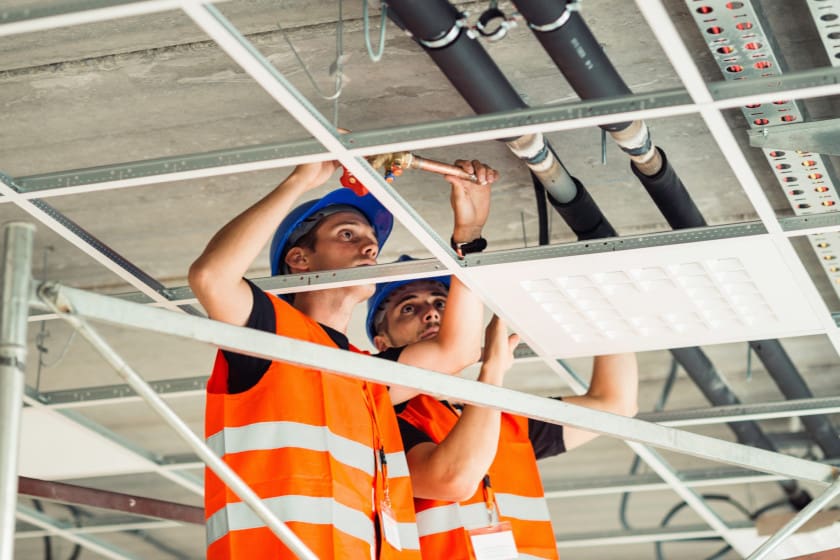It’s no secret that there is an ever present threat to many different types of businesses. If you have perimeter safety systems, you’ll have them in place to control access to your premises to protect your business from unauthorised access, from anyone who could cause damage to your business. Whether you’re trying to prevent theft, or protect sensitive material from being viewed by those who should not be privy to it, your perimeter system is the first line of defence.
However, no matter how robust your perimeter security system may be, it could still be breached, particularly if you haven’t taken care of the service and maintenance of your systems. Perimeter security should never be considered a “one and done” thing. It is vital that you consistently assess whether your security systems are working for you, or if they have weaknesses that could be exploited by nefarious individuals.
Why regular perimeter security service and maintenance matters
There are several benefits to putting in place a preventative maintenance and servicing plan for your perimeter systems. These include:
- Spotting any potential weaknesses before someone exploits them
- Being able to implement new technologies as they are developed
- Prolonging the life of your equipment
- Ensuring you are compliant with insurance requirements
How often should I review my perimeter security systems?
There are several different events that should preclude an assessment of your perimeter security systems. Those that apply to your business will depend on the site you run, and the equipment you have but briefly, such events may include:
Staff changes – When an employee leaves, or starts work with you, you will need to assess the level of access they have to your premises. Make sure that any personnel leaving your company have their access revoked immediately. This way, you only give access to the staff you have working for you. Consider supervised access for those who are on probation or short term contracts.
Building works – At times of renovation, you may need to provide access to people you don’t know as well as your own staff, and faces may change on a daily basis. Make sure your security is tight and if possible, man any weak points with security staff, particularly when protecting sensitive or high value assets.
Intelligence – If there has been a spate of break ins in the local area, it’s time to take a look at your systems to ensure they are as robust as they can be.
Preventative maintenance
As well as updating, upgrading and assessing your perimeter when certain things happen, it is vital to be on the front foot when it comes to servicing and repair of your business. The most common signs of damage to perimeter security can be seen with regular inspections, such as:
- Fencing – Rust and degradation, loose posts and damage to panels or mesh
- Gates – Damage to hinges and locks, or problems automated gate opening systems
- CCTV – Cameras can move over time especially in high winds, and can become blocked with spiderwebs and dust.
- Alarms – Regular testing can ensure all alarm systems are working properly
Planning for security
Have a regular PMP (Preventative Maintenance Plan) in place to walk your perimeter, assess any weak spots, and book regular maintenance and servicing for any equipment that needs it if you are able to commit the time and manpower to it.
If you’re unsure as to how often your perimeter security needs to be checked and maintained, or you don’t have staff to cover this, consider contacting professional suppliers of such systems, as they may be able to offer you a PMP service, which takes the scheduling off your hands


